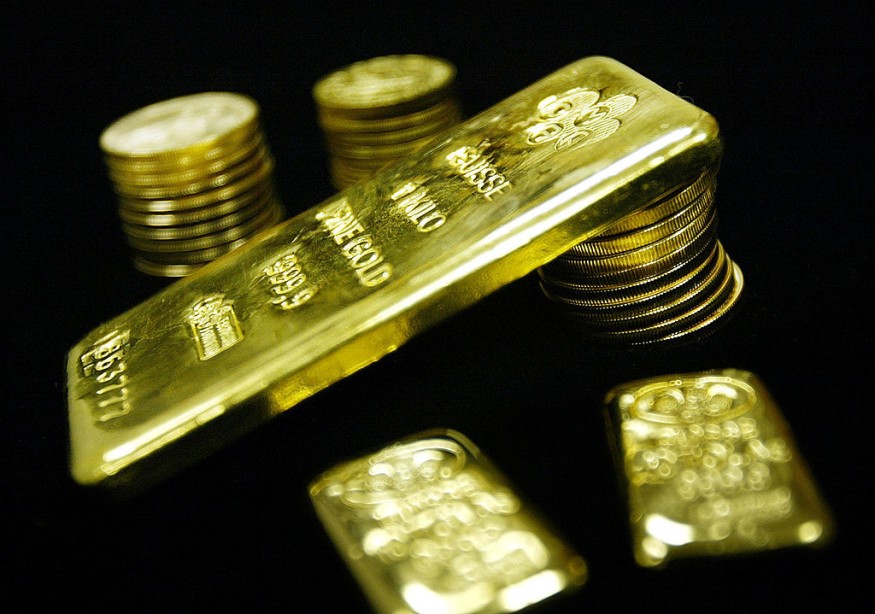Gold Mine Production Stalls as Existing Resources Deplete, Industry Faces Challenges

According to the World Gold Council, the mining sector is finding it challenging to maintain output growth as yellow metal resources become more difficult to locate.
The international trade association reports that, in 2023, mining production increased by just 0.5% over the previous year. Global gold output fell by 1% in 2020, marking the first decrease in a decade. In 2022, growth was 1.35 percent year over year; in the previous year, it was 2.7%.
Due to many potential locations that have previously been investigated, it is getting more difficult to identify new gold resources worldwide.
According to WGC, large-scale gold mining is capital-intensive, necessitates extensive research and development, and takes an average of 10 to 20 years before a mine is ready for production.
The chances of a finding moving forward into the building of a mine are slim even during the exploration stage; just 10% of all gold discoveries worldwide contain enough metal to be worth extracting.
Challenges and Trends in Gold Mining and Market Dynamics
Up to now, almost 187,000 metric tons of gold have been extracted, most of it from Australia, South Africa, and China. The United States Geological Survey estimates that around 57,000 tonnes of gold reserves can be extracted.
In addition to the discovery process, obtaining government permits has become more challenging and time-consuming. Getting the licenses and permissions required may take many years before mining firms begin operations.
Furthermore, a lot of mining projects are slated for isolated locations that need infrastructure like electricity, water, and roads, which raises the expense of developing these mines and funding operations.
Following a surge to all-time highs in recent months, driven mostly by Chinese demand, gold prices are again taking a rest. At the moment, spot gold is going for $2,294.3 an ounce.
How Gold Is Connected to Other Assets
Gold has an inverse connection with the US dollar and US Treasury bonds, which are significant reserve and safe-haven assets. When the dollar declines, gold frequently climbs as well, enabling central banks and investors to diversify their holdings during volatile periods. There is also a negative correlation between gold and hazardous investments. Gold prices often fall during stock market gains, but they typically rebound following sell-offs in volatile markets.
The relationship between gold and equities, or risky assets, is similarly inverse but can vary depending on market conditions. During stock market rallies, investor confidence is high, reducing the appeal of gold as a safe-haven asset. This often results in a decline in gold prices. However, in times of stock market sell-offs or increased volatility, gold's appeal as a stable store of value rises, leading to increased demand and higher prices. This behavior underscores gold's role as a hedge against market uncertainty and systemic risk.
In a diversified investment portfolio, gold's unique properties provide a hedge against inflation, currency fluctuations, and market volatility. It offers diversification benefits that reduce overall portfolio risk. Gold's low or negative correlation with other major asset classes makes it an effective tool for managing risk and preserving wealth during economic downturns or periods of financial instability.
Central banks around the world hold gold as part of their foreign exchange reserves. The metal serves as a reserve asset that helps stabilize the currency, particularly during periods of economic uncertainty or geopolitical tension. Central banks' buying and selling activities in the gold market can also influence its price, further highlighting its strategic importance in the global financial system.
Related article : Inflation Hedge or Hype? Weighing the Pros and Cons of Owning Gold
The content provided on MoneyTimes.com is for informational purposes only and is not intended as financial advice. Please consult with a professional financial advisor before making any investment decisions.
© 2025 MoneyTimes.com All rights reserved. Do not reproduce without permission.











